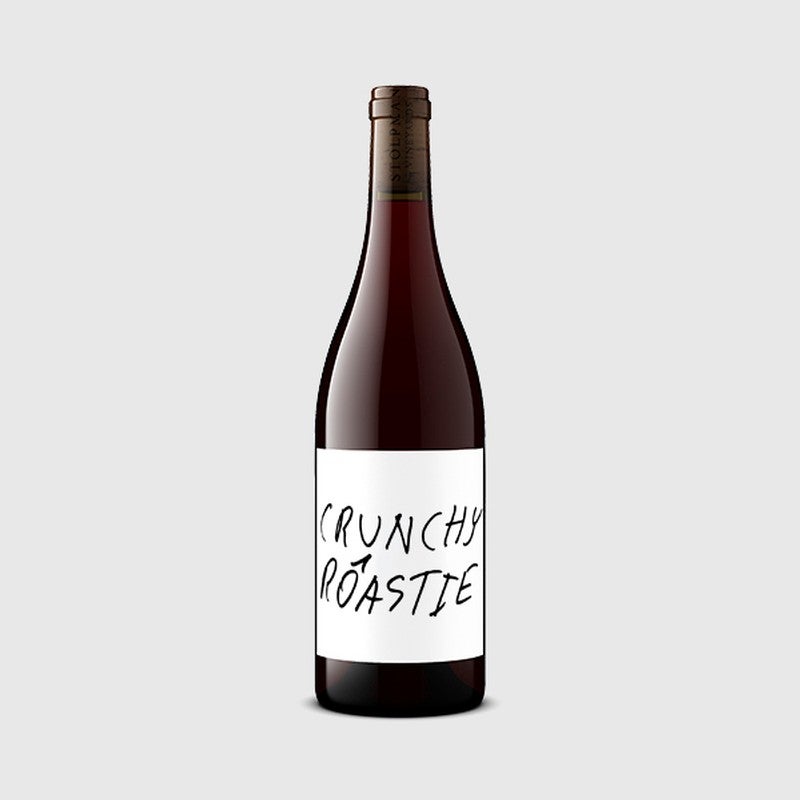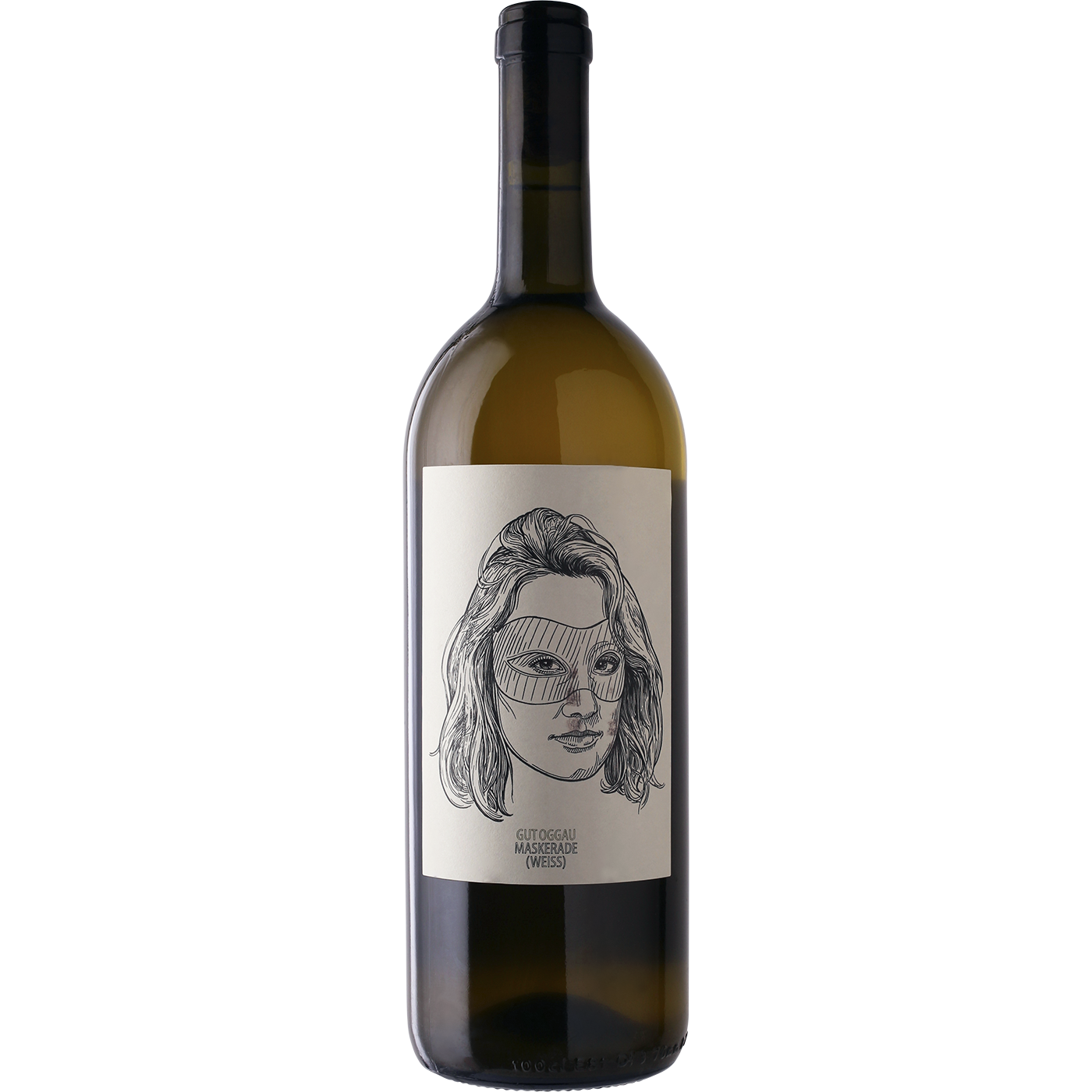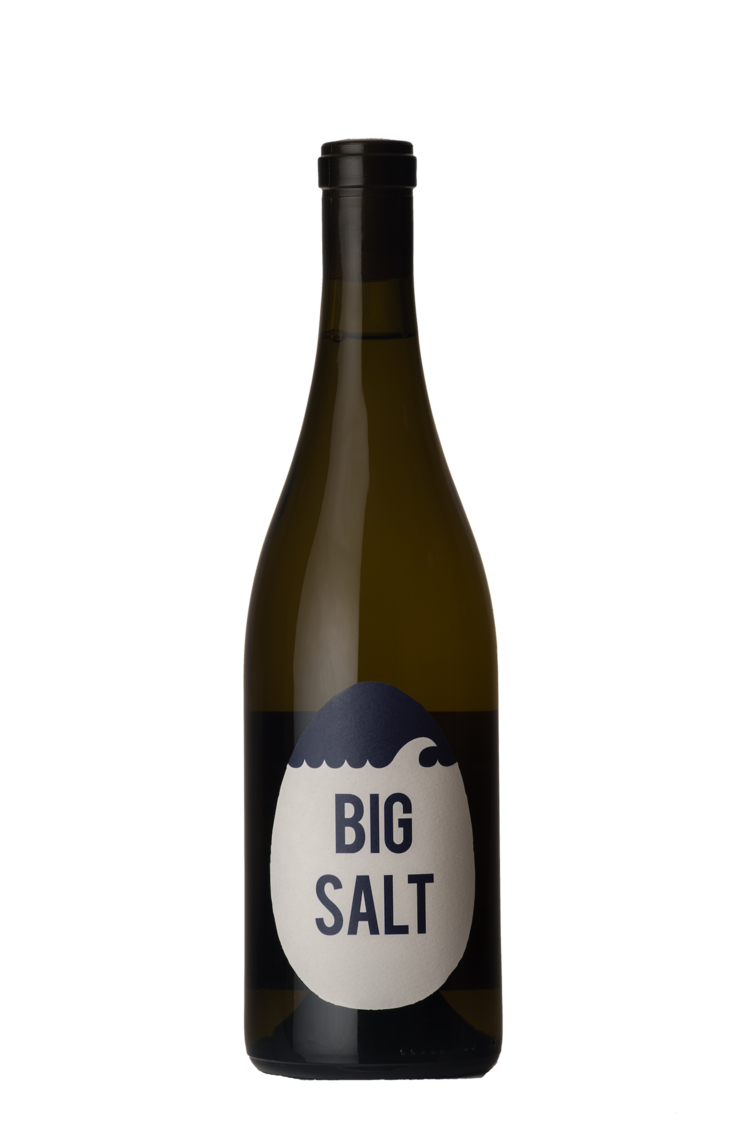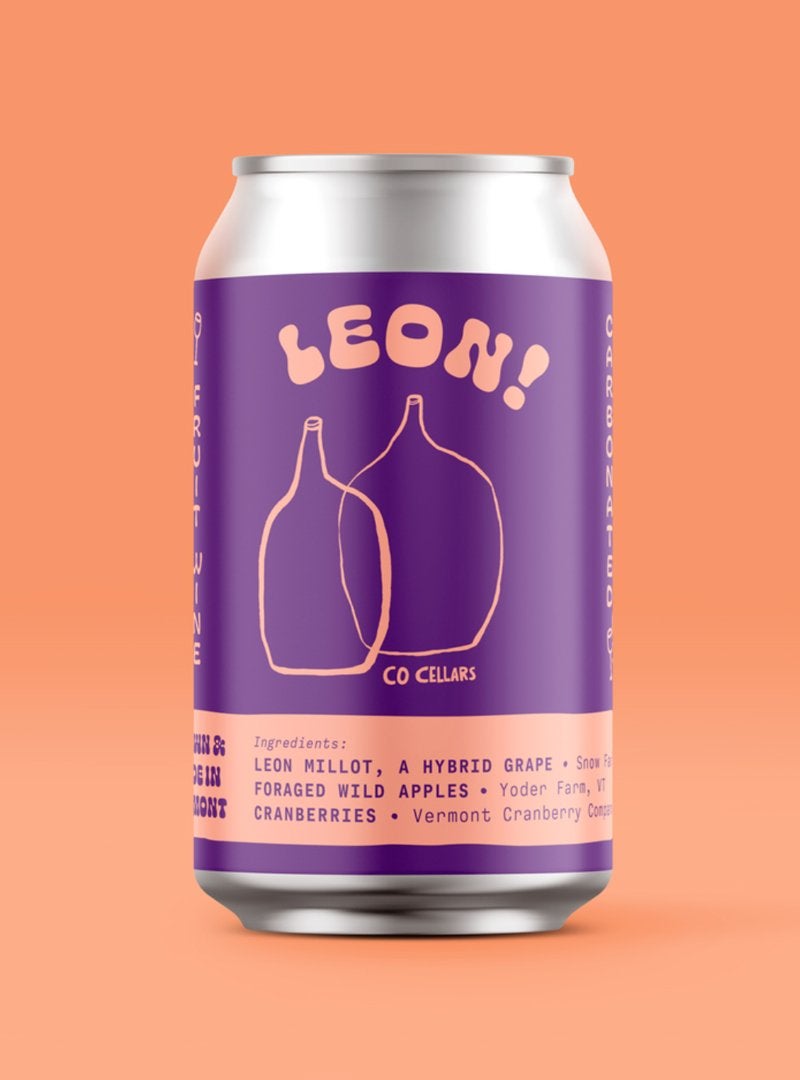A free-for-all, by definition, is a disorganized or totally unrestricted situation. In the year 2020, when most of us have been left to navigate horror after horror on our own with little guidance from leaders, it's a term that leaves a bad taste in my mouth. So you can imagine my trepidation when Coly Den Haan, owner of Vinovore, a Los Angeles-based wine shop that focuses on female winemakers, used that very phrase to describe what's being predicted as one of fall's biggest wine trends. This trend she speaks of that has little time for order or structure is co-fermenting, a notoriously messy wine-making technique.
AdvertisementADVERTISEMENT
Wines made with two or more varietals of grape are common, but most of the time, those wines are created by blending the grapes together after they have fermented separately. Wine made through co-fermenting doesn't follow that progression. As the method's name suggests, co-fermenting involves two or more grapes — or other ingredients — being fermented together at the same time.
"Technically, a wine can be made from any fruit or flower, not just grapes. So, co-fermenting is a free-for-all, really," Den Haan tells Refinery29. There's that term again! Yet, thinking about it as applied to the creation of tasty and unique wine somehow doesn't fill me with existential dread like the other chaos that has come out of 2020. Den Haan mentions that a lot of winemakers have recently been experimenting with apple and grape co-ferments, which results in a kind of wine-cider hybrid that seems particularly fitting for fall. However, that's not the only kind of co-ferments we'll be seeing in our local wine shops in the coming months.
"The most common variation you will see is red and white grapes being co-fermented together," the Vinovore owner explains. "Traditionally, a bit of white grapes will bring out more aromatics in a red wine. This is common in the Rhône Valley in France where they will throw a little Viognier in the mix." Another kind of co-fermented wine that Den Haan recommends is what's called a "field blend." Field blends are made when a plot of a vineyard is planted with several different varietals that then get harvested all together and fermented as a whole.
AdvertisementADVERTISEMENT
It turns out that the wines that result from the experimental and lawless co-fermenting process are especially appealing for 2020 enjoyment. Why? They're the types of wines that you just want to chug. "Overall, co-fermented wines tend to be a lighter, brighter, juicer, more glou-glou (glug-glug) style of wine with a more integrated profile," Den Haan says. "For reds, they're zippy and fresh but still have complex aromas and flavor like a bigger wine would. Whites tend to be wildly fragrant and rich with a firm amount of crispness."
In addition to going down easy on their own, co-fermented wines, according to Den Haan, pair really well with food, which is sure to be a plus as we head into the holiday season, even if holiday meals will likely look a bit different this year — again, thanks, 2020. Like most things born from disorder, co-fermented wines are very adaptable, which also makes them great for fall. "They are perfect with the weather change when you still may have warm and cool days from one to the next," she explains. "They tend to land somewhere between a rosé and a red and do well with a chill."
Autumn is a great time to drink co-fermented wines for all those reasons plus the fact that there are about to be even more choices in this wine arena. "There are a lot of winemakers, especially in the Natural realm, producing these styles these days so there should be a lot of fun releases coming into the fall," Den Haan shares. For now, she has some recommendations that are already on store shelves.
Co Cellars is a co-ferment collaboration between Shacksbury Cider and Zafa Wines. Vinovore's owner suggests trying its "Leon," which is a co-ferment of cranberries, grapes, and apples. Additionally, she recommends Stolpman Vineyard's "Crunchy Rôastie," which is Rhône-style made with Syrah and Viognier. "It's silky, full, and fresh all at the same time," Den Haan says. "Gut Oggau from Austria has a field blend called "Maskerade," which she calls "outstanding." That comes in a white and a skin contact version. Finally, she calls Ovum's "Big Salt" "a real crowd-pleaser, hitting all the right marks." Start with a few sips of these, and you'll find that co-fermented wines are a true chaotic good.



